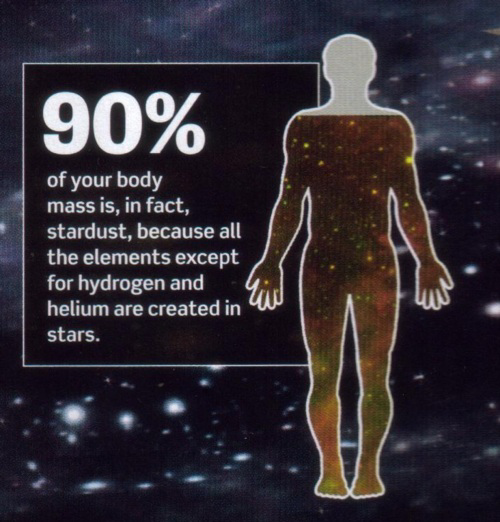“A picture is worth a thousand words” is an English idiom. It refers to the notion that a complex idea can be conveyed with just a single still image or that an image of a subject conveys its meaning or essence more effectively than a description does.
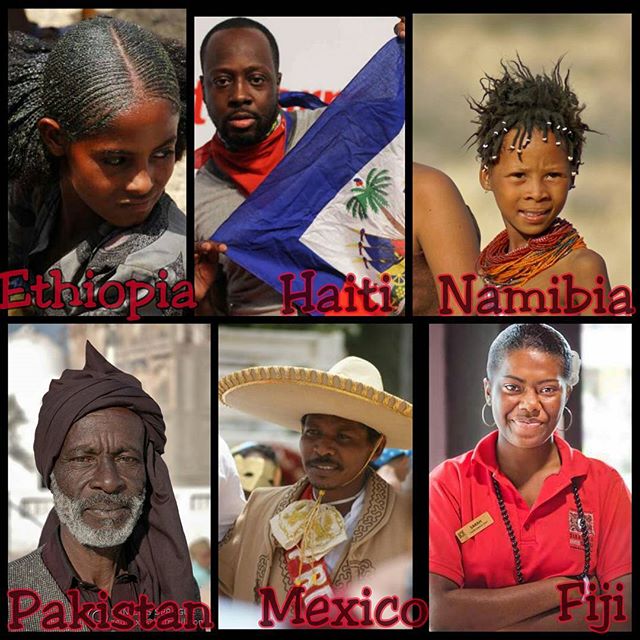
Pakistan
In pictures: Pakistan’s indigenous African community
news.bbc.co.uk/2/hi/south_asia
Thailand, Solomon Island, Philippines, Andaman Islands, India, Sri lanka, Socotra, Egypt,
Iran,
An introduction to a photo book by German-Iranian photographer Mahdi Ehsaei depicting the little known minority of Afro-Iranians in South Iran in fascinating portraits.
Follow this link to support the project: http://kck.st/1PIgEv8
Afro-Iran shows a side of Iran, which is widely unknown even to Iranians: a minority of people who influenced the culture of a whole region by continuing their African heritage with their clothing style, their music, their dance and their oral traditions and rituals. I set out to the Hormozgan Province in the Persian Gulf to shed some light on this part of Iran, which is home to the descendants of enslaved people and traders from Africa.
The traditional and historical region with one of Iran’s most ethnically diverse populations is framed with unique landscapes. The photo book shows fascinating portraits which are not typical for the common picture of Iran. ‘Afro-Iran’ reveals details documenting a centuries-long history of a community, which is often overlooked in Iran’s history, but which has even shaped the culture in Southern Iran.
Yemen
We examine the plight of dark-skinned Yemenis who are called “al-akhdam” or “servants”.
Population estimation is 1,500,000 according to Al Jazeera English on The plight of Yemen’s ‘untouchables’.
The current perception that many Yemenis have is that these people are foreigners from Africa even though they lived in Yemen for thousands of years but still looked down on till this day.
Brazil,
Peru,
In the 1400s, it was the land of the Incas. In the centuries that followed, it became home to people from all corners of the Earth. From China, Japan, Europe, the Middle East and Africa, hundreds of thousands of people migrated to Peru, contributing to the formation of its rich cultural tapestry.
But Peru’s blend of cultures is not without its complexities. Deep-set prejudices and socio-economic gaps still exist along racial lines, particularly if you’re black.
It’s estimated 150 million people in Latin America (one third of its population) are afro-descendants. But unlike some of its neighbors, it is not known how many people in Peru have their roots in Africa.
Dan Collyns reports on a new census in Peru that is counting citizens of African descent, to include them and empower them.
Uruguay,
George Reid Andrews discusses his new book “Blackness in the White Nation: A History of Afro-Uruguay.”
George Reid Andrews is distinguished professor of History at the University of Pittsburgh and the author of several books on Afro-Latin culture.
Malaysia, West Papua, East Timor, Torres Strait Islander, New Caledonia,
Chile
Argentina
For English: click on CC then after settings, click on subtitles, last auto translate and choose English language or what ever your mother tongue is/first language for better reading comprehension.
This is not an exact translation, but you some what have an idea as to what is being said during this interview.
Bolivia, Columbia, Puerto Rico, Buka Island, Greece, Morocco,
Iraq
Mexico, USA & Australia to name a few.

India,

Speaker Biography: Kenneth X. Robbins, a psychiatrist, has published more than fifty articles and three sets of 100 slides on Indian history and art. He co-edited a book on African elites in India and is currently preparing a series of books dealing with Jews in India.
He has curated ten exhibitions dealing with India. His special interest is the study of the comprehensive history of the maharajas and other Indian princes utilizing everything from paintings to medals.

Mexico
Radio documentary from the BBC World Service
Many black people in Mexico’s remote Costa Chica area near the Pacific ocean feel ignored and neglected by the state. A lot of Mexicans don’t even know the Afro-Mexicans exist. Outside their towns, they often get stopped by police who don’t believe they can be Mexican. Some have even been deported, despite having Mexican ID papers.
So who are the black Mexicans? Lucy Duran meets members of this ethnic community that is struggling for identity and recognition. They use their culture, such as the characteristic Dance of the Devils or Chilena music, to assert their identity and fight for their rights.
The black people ‘erased from history’ – BBC News – BBC.com
Activists want the state to accept Black people as a separate ethnic minority, distinct from indigenous people, but with the same rights. It is not only about being able to hold your head high. It’s also about money. Those fighting for official recognition say that they’re not eligible for the special kind of financial support that similarly isolated indigenous communities get. They blame their poverty on this lack of funding.
Dr Lucy Duran meets black Mexicans ranging from a cowboy to a singer-songwriter and explores how they identify themselves, why even those who do not obviously look as though they are of African descent describe themselves as black, and why their identity has become a political issue.

–earthobservatory.nasa.gov/IOTD

Turkey,
Face of Afro-Turkish people

Solomon Islands
Mishkin Video Productions presents a short audio/visual tour of some of the sights and sounds of the people and culture of the Solomon Islands.

Colombia
Hermione reports on the Miss. Independence Pageant, a less well known local beauty contest in Cartagena that occurs at the same time as the Miss. Colombia beauty pageant.
The pageant celebrates the independence of Cartagena on November 11 although the pageant is several days later. Unlike the Miss. Colombia pageant the Miss. Independence is more of a popular event, with the contestants coming from all economic strata and neighborhoods of the city, including the lower classes and dark skinned contestants.
Only once has a Miss. Independence been selected by the mayor and city government to represent Cartagena in the Miss. Colombia pageant and have a chance to compete in the Miss. Universe Pageant. Miss. Cartagena is usually represented by a woman from a “good family”.
Like most Colombian beauty pageants it also has a social component. The winning Queen has a chance to help out her neighborhood, as the award is a grant from the city government to build a new school, road, medical clinics, etc.

Bolivia,
The United Nations has designated 2011 as the International Year of People of African Descent. The year aims at strengthening the integration of people of African descent into all aspects of society.
Source – Dubb_P
Ecuador
In this program, Esmeraldas take you for a magical walk starting in the village of San Lorenzo , where the intangible , musical and cultural heritage of black people mixed with a new proposal for tourism awareness called ” Homa ” . Tachina Bocana de Ostiones provide us with a hectic but fun gastronomic, historical and fitness trail , surrounded by trees Mangle always captivating , and then enter into the millennial spiritual world of black Esmeraldeño singing.
Esmeralda, Ecuador.
For English: click on CC then after settings, click on subtitles, last auto translate and choose English language or what ever your mother tongue is/first language for better reading comprehension.
This is not an exact translation, but you some what have an idea as to what is being said during this interview.


 Fascinating movie spans the globe to reveal recent discoveries about water, the most amazing yet least studied substance in the world. Witness as researchers, scientists, philosophers and theologians try to understand this unique liquid and all [...]
Fascinating movie spans the globe to reveal recent discoveries about water, the most amazing yet least studied substance in the world. Witness as researchers, scientists, philosophers and theologians try to understand this unique liquid and all [...] 























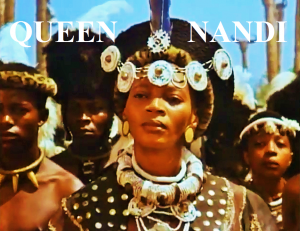


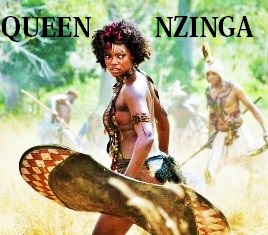




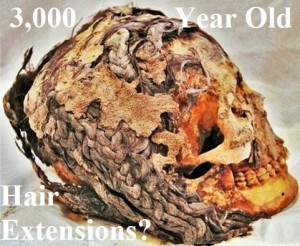

























 Take care of your body, it's the only
Take care of your body, it's the only

















